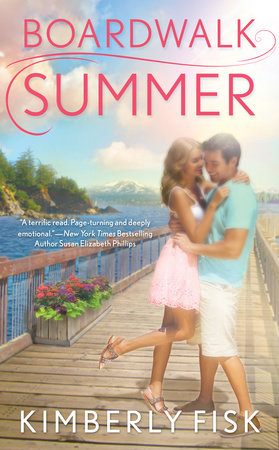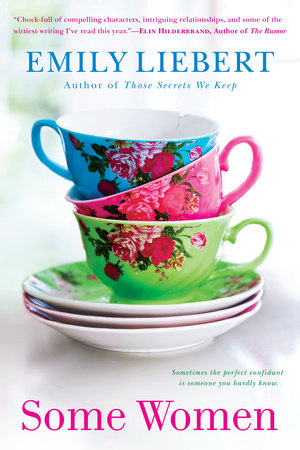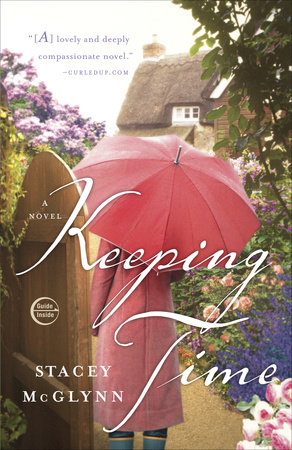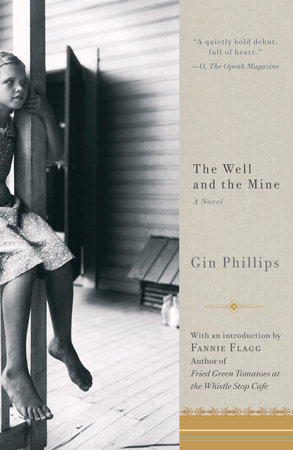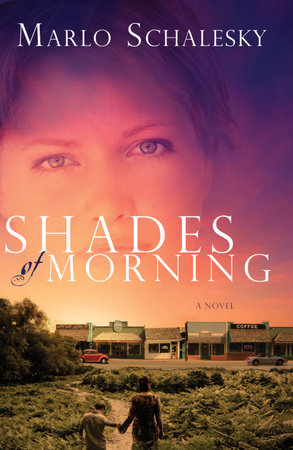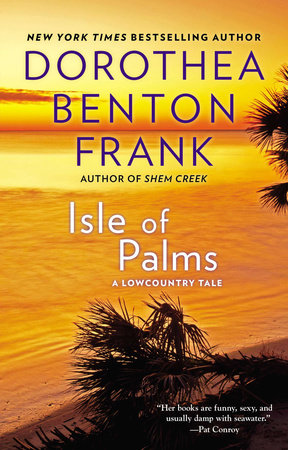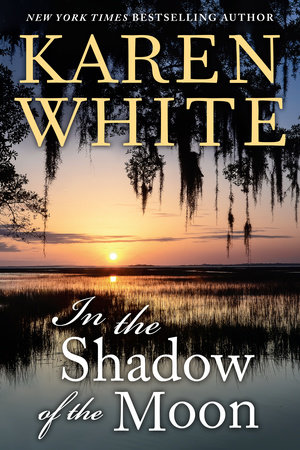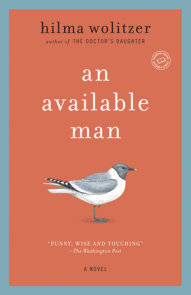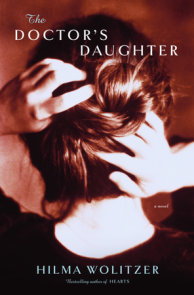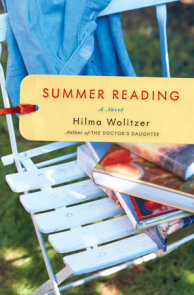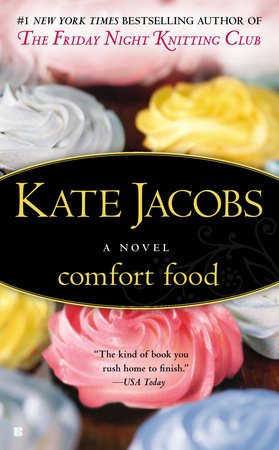Author Q&A
A Conversation with Hilma Wolitzer
Q: What inspired you to write the story of Hearts? Was it one particular character? One particular scene?
A: Linda and Robin had been living in the back of my mind, like squatters, for a long time, so I’d have to say that Hearts was character-inspired. I knew vaguely that they were two vastly different young women who’d come together by chance. But I didn’t really begin to know their story until I wrote the first sentence of the book.
Q: When you first conceived of the story, what did you want it to be about? Did you imagine it as a mother-daughter story? A love story? Something else entirely?
A: All of the above! I’d been thinking a lot about domestic life and the particular struggles of single-parent households. I wondered what truly binds people together for good, and if you can form a solid family without a blood relationship.
Q: Did you have a sense of how the story would unfold as you started writing? Did any section or character in particular present a challenge to write? Were there any surprises in the writing?
A: It’s a road book, so it had a built-in geographical destination. Linda was going to drive (however haphazardly) from New Jersey to California, and she’d try to drop Robin off with suitable relatives on the way. What I wasn’t sure of was the characters’ emotional destination. You can’t force people to love each other; that has to evolve from their experiences and their deepest feelings. The biggest challenge was to make the trip interesting from a tourist’s point of view, without losing sight of the interior story. My characters surprise me all the time. In a way, that keeps me writing, so I can find out what happens to them.
Q: The novel is titled Hearts, and the heart–both physical and emotional–proves to be a unifying and pivotal concept throughout. Was there something in particular about the human heart that you wanted to write about? Was Hearts always the title?
A: Hearts was always the title, because all of its meanings and connotations were so important to the book, especially the amazing connections the human heart is capable of making. I tried to explore that in several different ways, including Robin’s feelings about the mother who abandoned her, Linda’s relationships with Wright and then with Wolfie, and finally, in the ways that Robin and Linda and the expected baby might create a lasting attachment.
Q: How did you decide to structure Hearts in sections that alternate between Linda and Robin’s points of view? Did you find this structure at all limiting? Did you identify more with one character as you were writing?
A: I began writing from Linda’s point of view in a very limited third-person. But Robin (right in character) insisted on having her say, and it would have been a lopsided narrative if I didn’t let her speak for herself. Actually, I found the alternating-voices structure freeing, because I identified strongly with both Linda and Robin at different times, so I always got to speak my mind, too.
Q: Many readers will be able to identify with the relationship between Robin and Linda–that of a difficult teenager and her frustrated stepmother. Was your relationship with your own children in some way reflected in the story?
A: I never write directly about myself or my family and friends. It’s more fun to make everyone up, and you avoid hard feelings and lawsuits that way. But my own experience as a mother of two daughters (adolescents are hard!) and as the daughter (one of three, and once a hellish adolescent myself) of a harried mother, definitely informed the writing of Hearts.
Q: Have you ever taken a road trip like Linda and Robin’s? Or visited any of the places they do? If not, how did you choose their fictional route?
A: I don’t think my family would have survived the trip Robin and Linda take, and I wasn’t going to test them. I’ve done short teaching stints in various parts of the country, so I used my own vision of the American landscape. As for Robin and Linda’s route, I did what most travelers do–I consulted a map, and I had AAA figure out a TripTik for them.
Q: Hearts was originally published in 1980, more than twenty-five years ago. Is there anything that strikes you about the characters or the text differently now, as you’re reexamining it? Do you think, if you were writing the story today, that the characters or the plot would need to change for any reason?
A: Certain elements of the larger world have changed, naturally; Linda might be driving a Hyundai Elantra instead of a Ford Maverick if I wrote the book today. But I’m surprised by how much is really unchanged, like the controversy over abortion, and young people having to deal with a war they may not necessarily support. I believe my characters would remain the same no matter when the book was written–true to themselves in any given situation.
Q: You wrote about abortion at a time when the topic was perhaps even more controversial than it is today. Was it something you wanted to address specifically in your writing? Did you ever imagine a story line where Linda’s abortion is performed successfully?
A: Novels are stories about people within a social context. The people always come Þrst with me, before any subject matter (no matter what my personal opinion may be), so I didn’t intend to specifically address abortion in a polemical fashion. What happens to Linda at the clinic is part of her story, what might have really happened to her in those circumstances, and the choice she makes later to keep the pregnancy comes from her own character and from what she experiences.
Q: At times Hearts is tragically comic, even laugh-out-loud funny. Do you see humor as an essential author tool?
A: I’m glad you thought the book was funny without losing its tragic edge. A sense of humor is absolutely essential, I think, in life and in art. It really helps you get through.
Q: Linda and Robin are so close in age, yet often Robin seems more worldly and aware than Linda, who some might describe as naively optimistic. Robin, as we eventually learn, is even a better driver! Did you intend for their roles to almost switch back and forth throughout? Why?
A: That was intentional, because it seems true. Nobody is one-dimensional; as naive and tentative as Linda is, she has to make nervy choices and moves, and at heart Robin is not always as confident and surly as she appears. We all shift roles constantly, especially parents and children, who take turns caring for each other.
Q: Who are your favorite novelists? Have any writers in particular influenced your own work?
A: That’s always the hardest question, because there are so many writers, living and dead, whom I admire, and no matter how many I mention I’ll keep thinking of others long after this is in print. But Jane Austen comes to mind first and has the most relevance for me. She’s so wryly funny and demonstrates how one can paint the world on a small, domestic canvas. Above all, I admire and am influenced by novels and stories that say that what happens in bedrooms and kitchens matters as much as what happens in boardrooms and war rooms.
Q: What can your readers look forward to next? Is there anything in particular you’re working on now?
A: Well, The Doctor’s Daughter—a father-and-daughter story this time—is about to come out. And I’ve just begun a new novel, about three women of different social classes, whose lives intersect in surprising ways.




